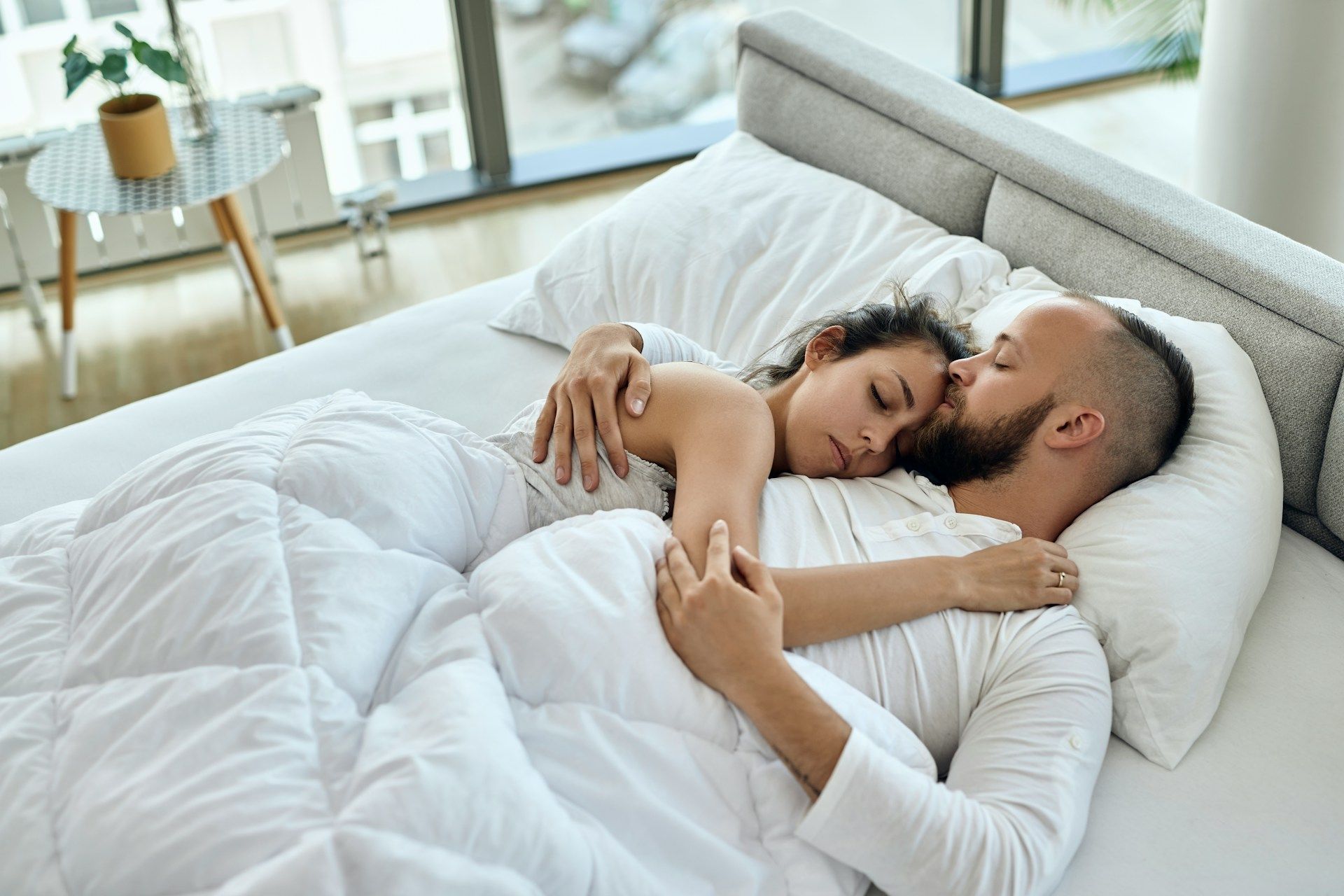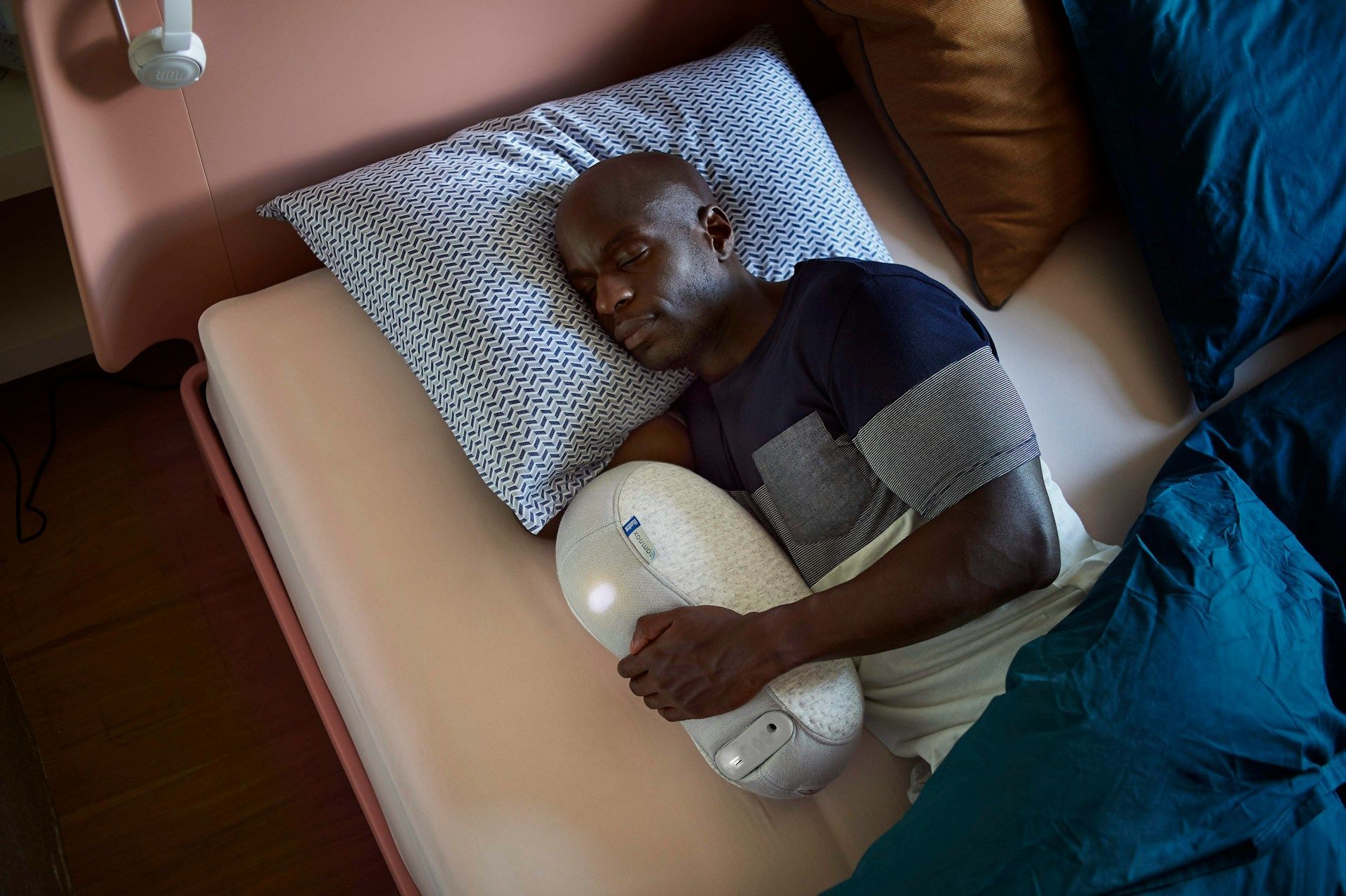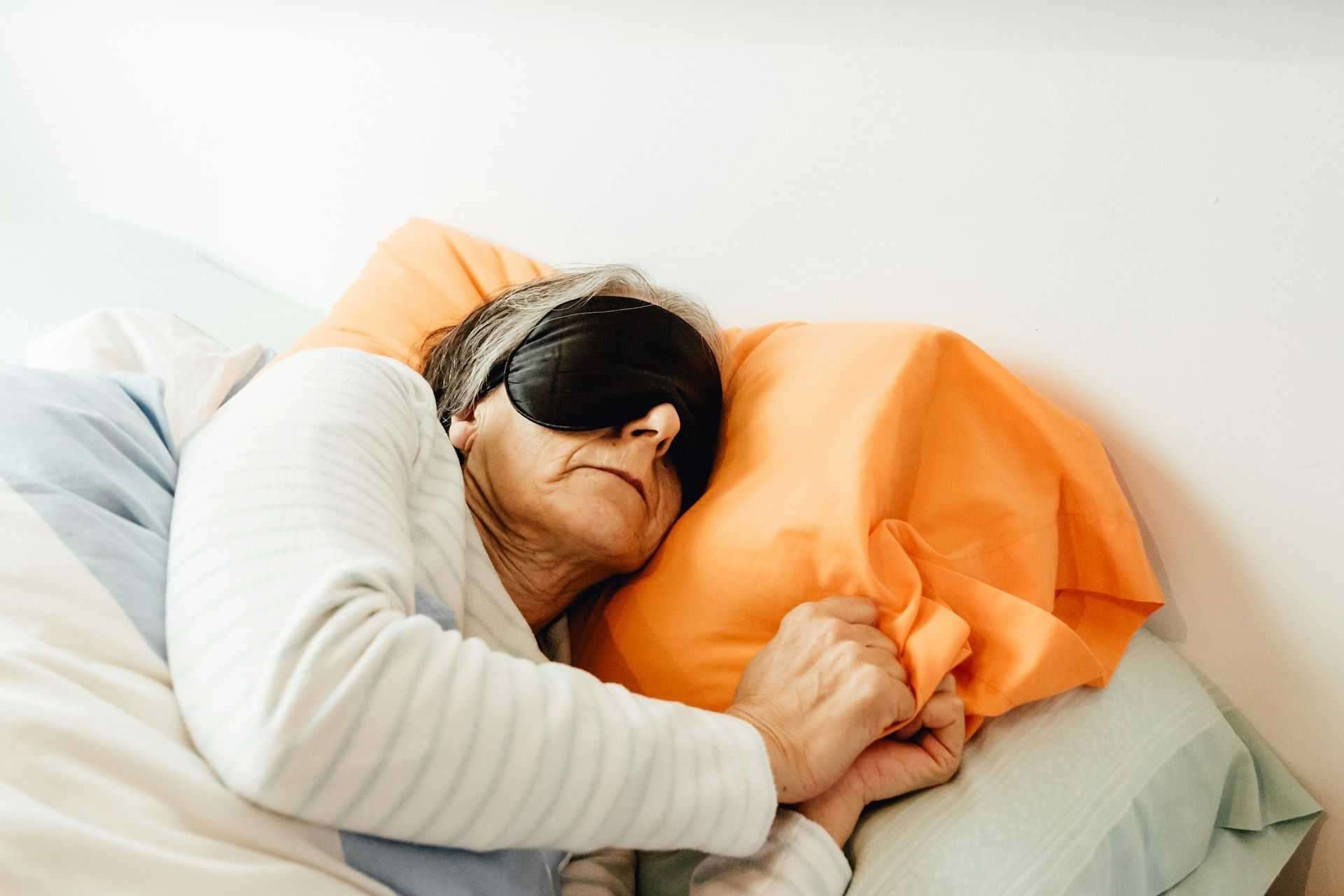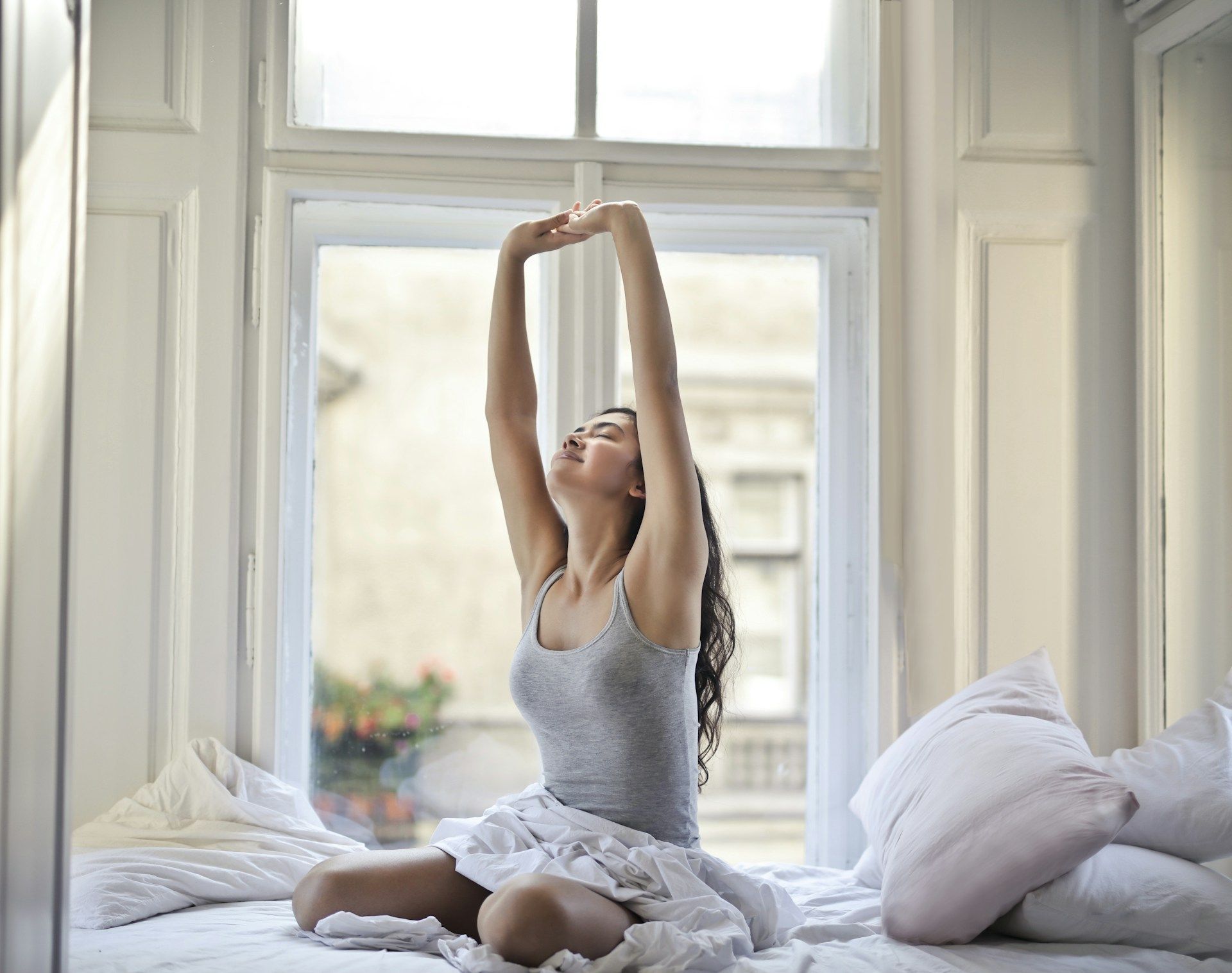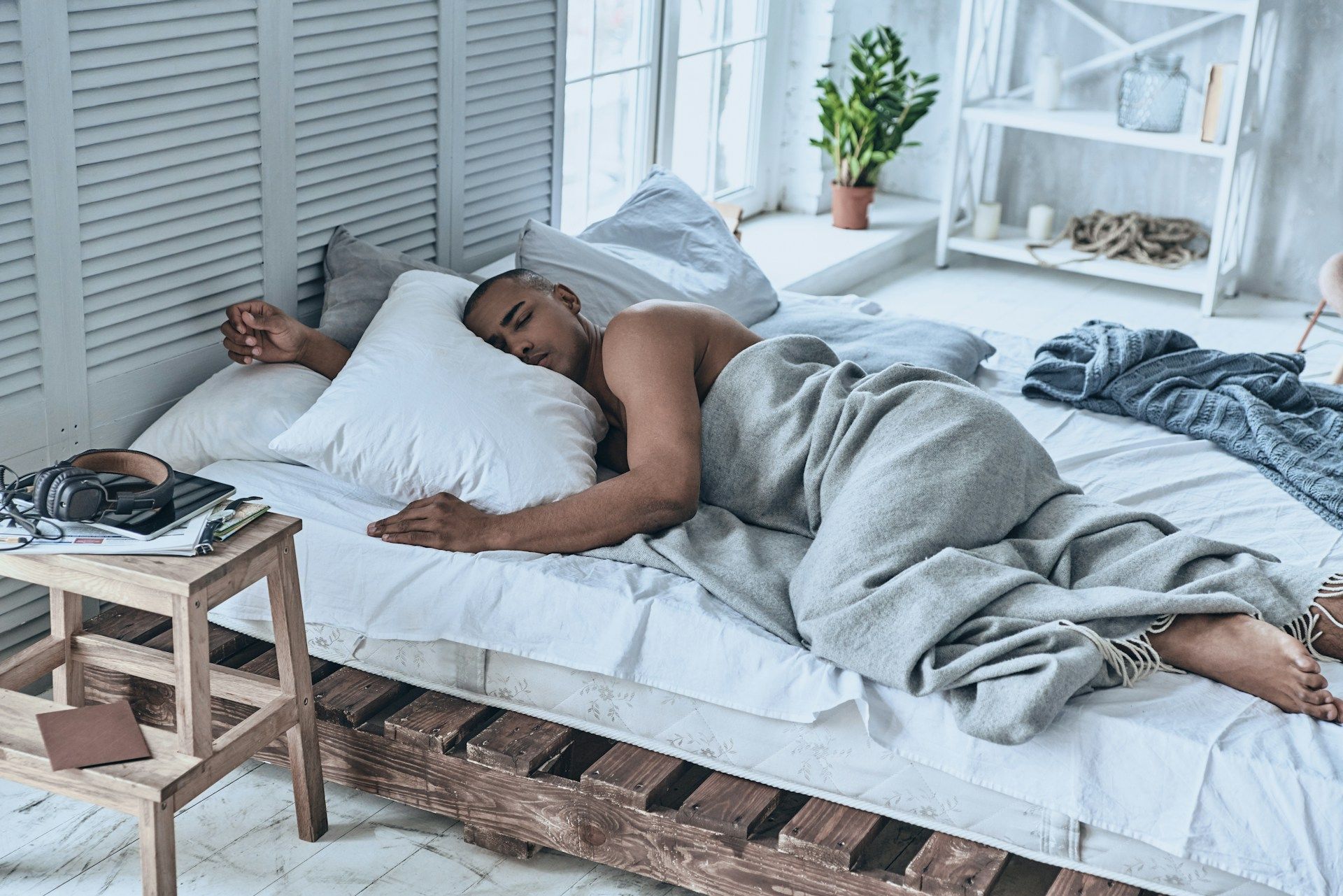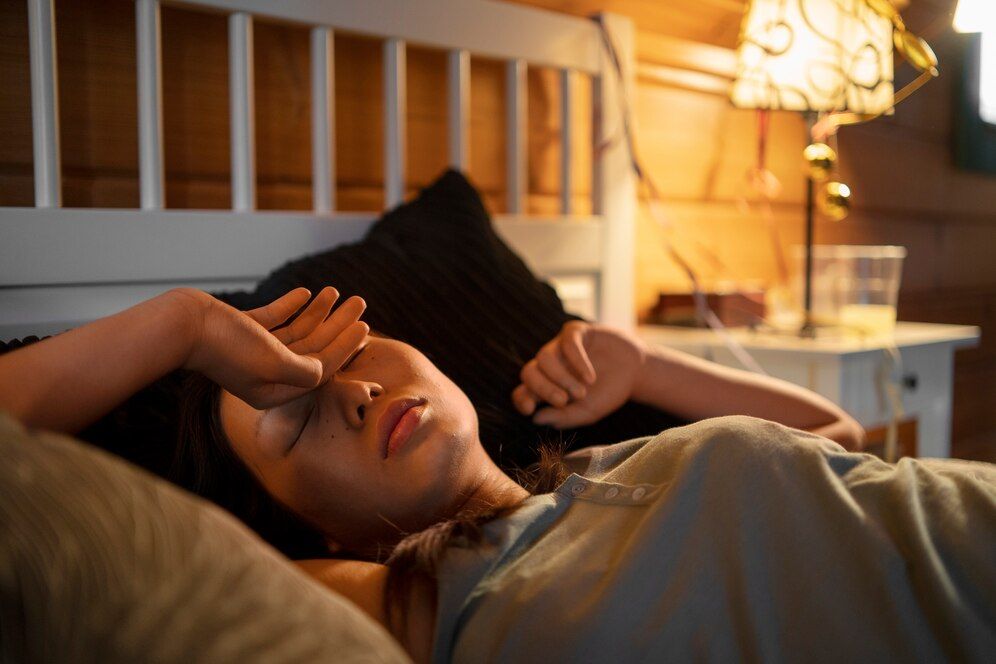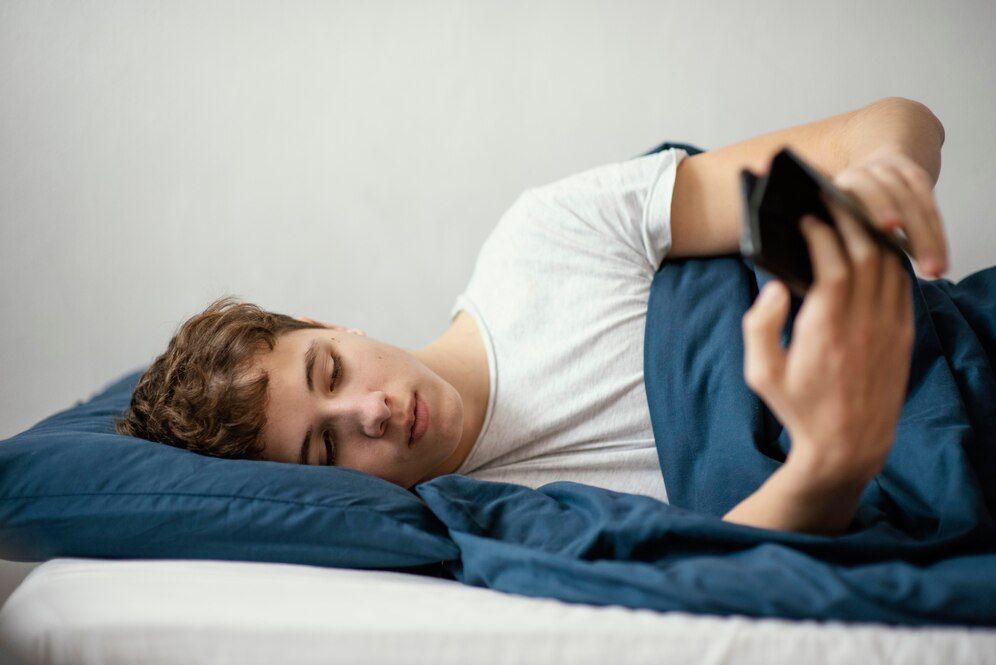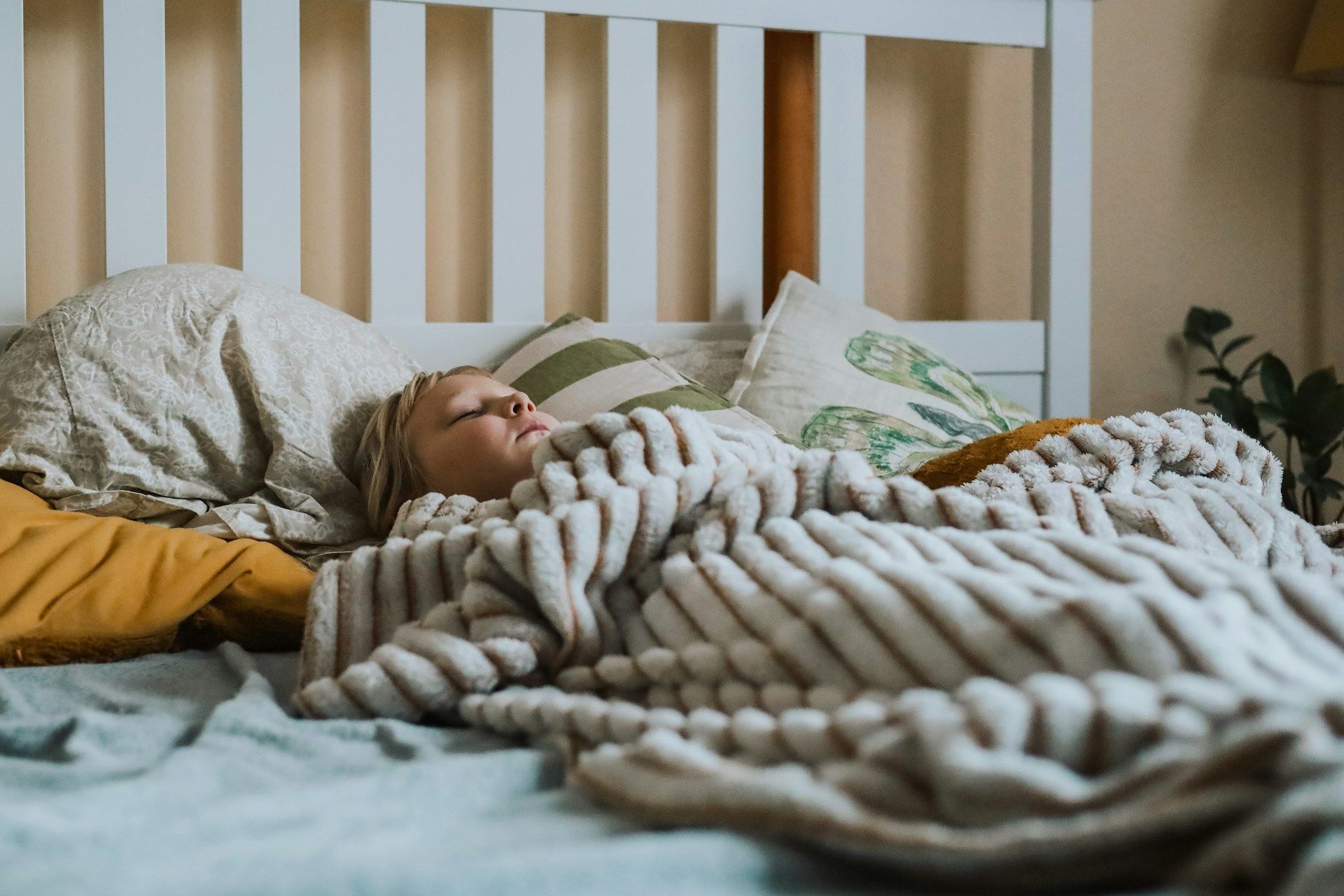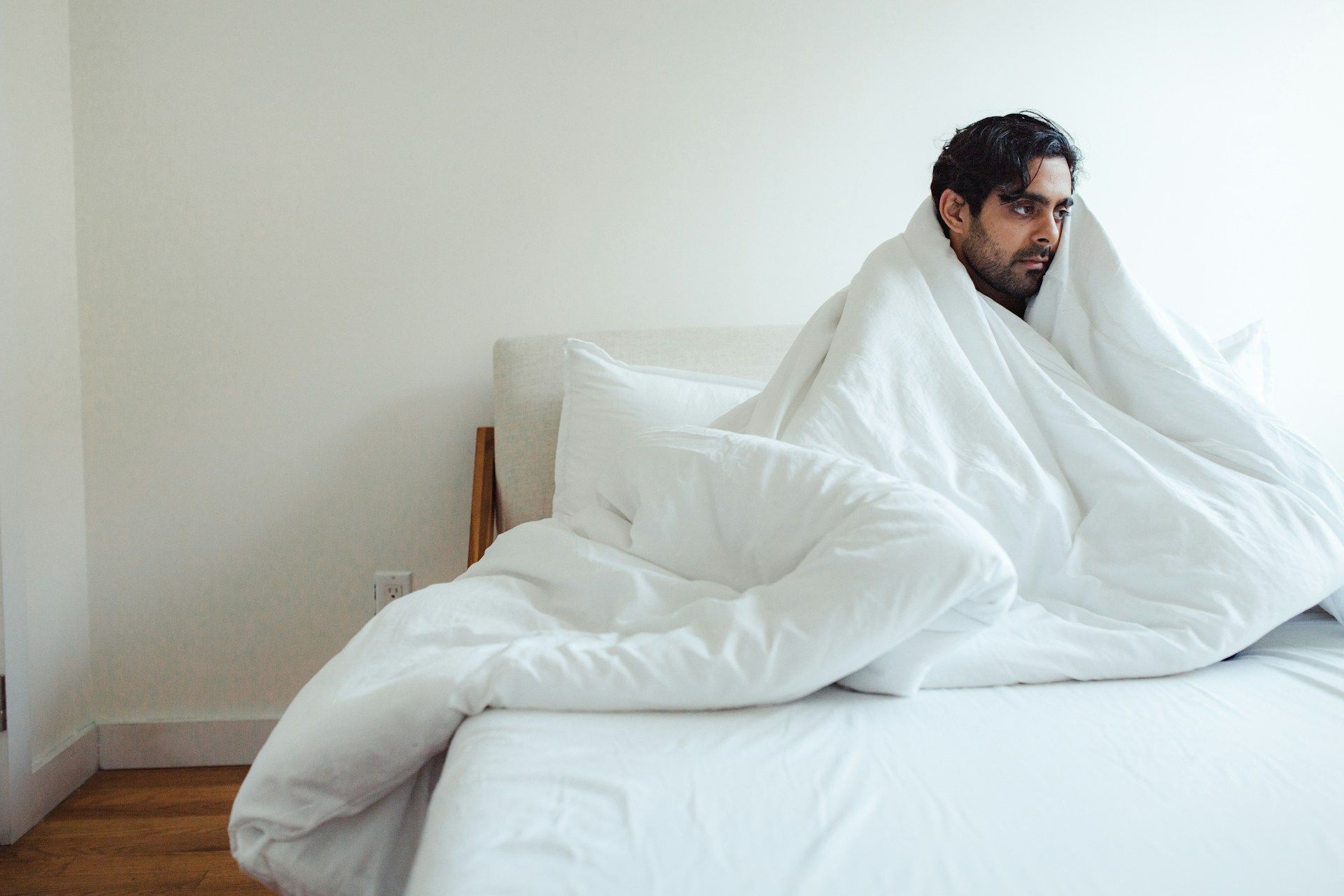How do Dental Devices Treat Sleep Apnea?
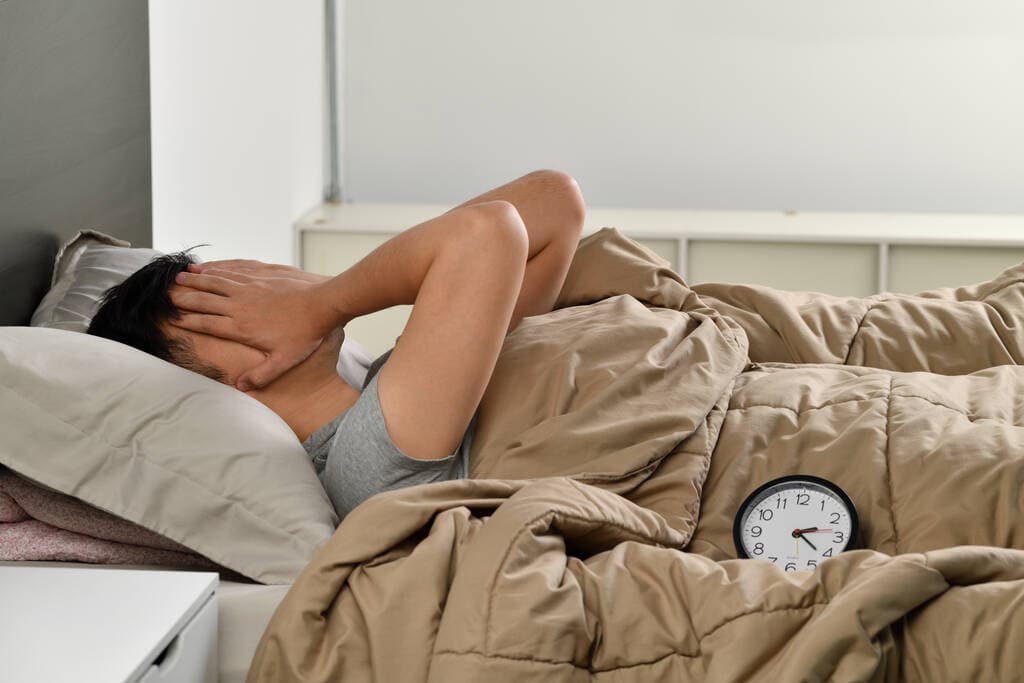
Sleep apnea
A serious sleep problem called sleep apnea develops when a person's breathing is disrupted while they are asleep. Often, while sleeping, and even hundreds of times during the night, people with untreated sleep apnea cease breathing.
Obstructive, central, and mixed are the three different forms of sleep apnea. The most prevalent of the three is obstructive sleep apnea (OSA). The upper airway becoming partially or totally clogged while you sleep results in
obstructive sleep apnea. As the pressure to open the airway rises during an apnea episode, the diaphragm and chest muscles work harder. The body may convulse or gasp loudly when breathing begins to return. These incidents may prevent you from getting a good night's sleep, restrict the oxygen supply to your organs, and mess up your heart rhythm.
It can be challenging to distinguish between obstructive and central sleep apnea since their signs and symptoms sometimes coincide. Obstructive and central sleep apnea's most typical warning signs and symptoms are as follows:
- A loud snore
- Episodes where you stop breathing while sleeping, which another else might notice
- Breathing heavily when sleeping
- Dry mouth after awakening
- Daytime headache
- Having trouble remaining asleep (insomnia)
- Excessive sleepiness during the day (hypersomnia)
- Inability to concentrate while awake
- Irritability
OSA treatment
As you now know, sleep apnea can seriously harm your health. The good news is that there are numerous sleep apnea treatment methods to assist you control its symptoms, from nasal and throat surgery to sleep apnea dental appliances. If you exhibit sleep apnea symptoms, your doctor will run a battery of tests to determine how serious your condition is and may recommend a dental device for sleep apnea
Simple lifestyle changes like decreasing weight, abstaining from alcohol, or sleeping on your side may be sufficient for treating minor cases of sleep apnea. You will require more advanced therapies if your problem is more severe.
CPAP devices
The most popular form of treatment for moderate to severe sleep apnea is continuous positive airway pressure (CPAP) equipment. The machine softly pushes pressurized air into your nose and mouth via a tube and a face mask that you wear while you sleep. CPAP therapy works by keeping the airway open during sleep because the increased air pressure prevents your throat muscles from contracting.
Dental devices for sleep apnea and
alternative CPAP
Oral appliances are gaining popularity while CPAPs remain the go-to treatment for sleep apnea. Oral appliances for treating sleep apnea, sometimes called mandibular advancement devices (MADs), are made-to-order mouthguards that resemble orthodontic retainers. The mouthpieces you wear at night rearrange your jaws to keep your throat open as you sleep.
How Do Oral Devices Work?
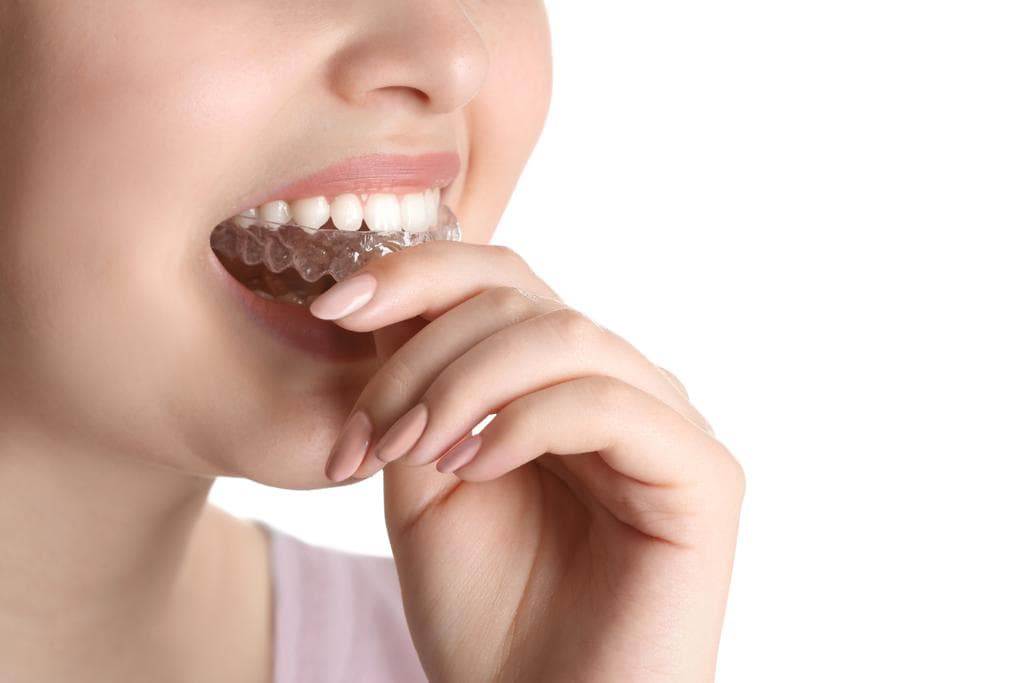
Your top and lower arches are covered by two-piece oral appliances that snap into place. Your lower jaw and tongue will be softly propelled forward once these adjustable devices are in position. This lessens the chance that when you're sleeping, the tissues in your throat will collapse and obstruct your airway.
By assisting in the physical clearing of upper airway obstructions, oral appliance therapy improves sleep apnea. While tongue-stabilizing devices (TSDs) help clear the airway by moving the tongue forward, mandibular advancement devices (MADs) work by moving the jaw forward. By permanently widening the width of the roof of the mouth, rapid maxillary expansion (RME) devices for children aid in clearing the airway.
Does this equipment actually work? Numerous studies have shown that oral appliance therapy, even in individuals with severe types of OSA, improves the condition in the majority of patients. Two-thirds of patients saw therapeutic improvements from using sleep apnea dental appliances, according to a study that was published in the Journal of Clinical Sleep Medicine (JCSM).
Devices for OSA Mandibular Advancement fall into three basic kinds. These appliances are made of molded hard plastic, snap over your lower and upper teeth, and include metal hinges and screws that may be tightened to move your lower jaw forward. Mandibular advancement devices can be made specifically by some dentists.
Devices for mandibular advancement
The most popular mouthpiece for treating sleep apnea, MADs, resemble sports mouthguards. The appliances contain metal hinges that allow the lower jaw to be shifted forward and snap over the upper and lower dental arches. Some let you choose how far you progress, like the Thornton Adjustable Positioner (TAP).
Tongue-retaining device
This device, which is a splint that holds the tongue in place to maintain an open airway, is less frequently used than the MAD. Dental appliances may enhance sleep and lessen the frequency and volume of snoring in adults with mild to moderate sleep apnea, particularly in those who sleep on their backs or stomachs. Furthermore, dental gadgets are used more frequently than CPAP by individuals.
Mouth guards
Similar to mandibular advancement devices, but to a lesser extent, these devices also assist in repositioning your lower jaw. Additionally, these mouth guards can assist in reducing bruxism, which lowers the risk of TMJ problems and tooth chipping.
Positive effects of oral appliances for sleep apnea
CPAP devices are the most commonly suggested form of treatment for sleep apnea, however many patients find them to be too uncomfortable to use. Within the first year of treatment, more than the 50% of patients who discontinue CPAP. Oral appliances are more pleasant to wear than CPAP machines, leading to higher compliance rates and better treatment outcomes.
Dental appliances can significantly enhance your sleep quality when worn regularly and with your sleep apnea specialist's instruction, dental appliances can significantly enhance your sleep quality. After using it for just one night, you'll notice a change in your symptoms. In comparison to conventional OSA therapies, sleep apnea dental appliances offer several benefits that are both practical and non-invasive. Several of these advantages include:
- Easy to transport and portable
- Operates without electricity
- Very quiet
- Easily maintained and cleaned
- Cheaper than alternative therapies
Getting an oral appliance for sleep apnea
Consult with your doctor before purchasing an oral appliance for sleep apnea. If your sleep apnea specialist decides that a dental appliance will be beneficial for you, you will be referred to a dentist who specializes in creating these appliances. Your dental health will be evaluated during your initial visit with the dentist in order to determine whether you are a good candidate for mouth guards.
If you have obstructive sleep apnea and struggle to use a CPAP machine, oral appliances may be a useful choice for you. Discuss the idea of using oral appliances, such as a mandibular advancement device or tongue-retaining device, with your doctor rather than putting your CPAP treatment on hold and going untreated.

